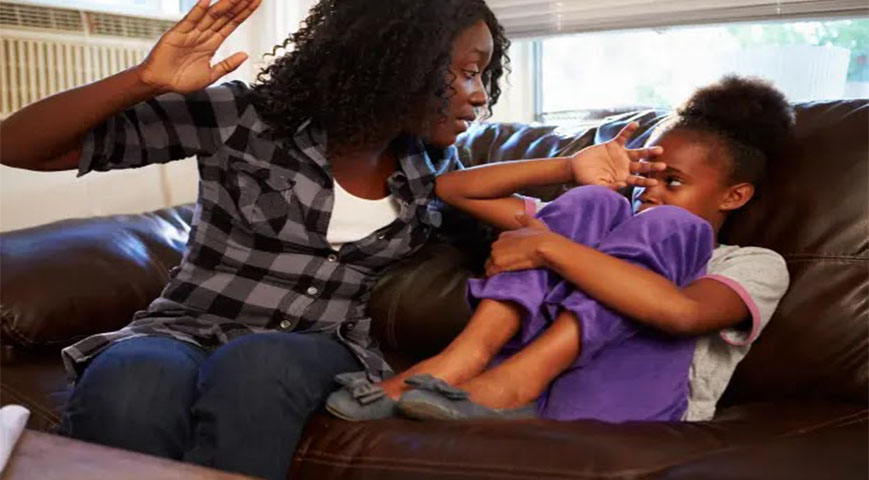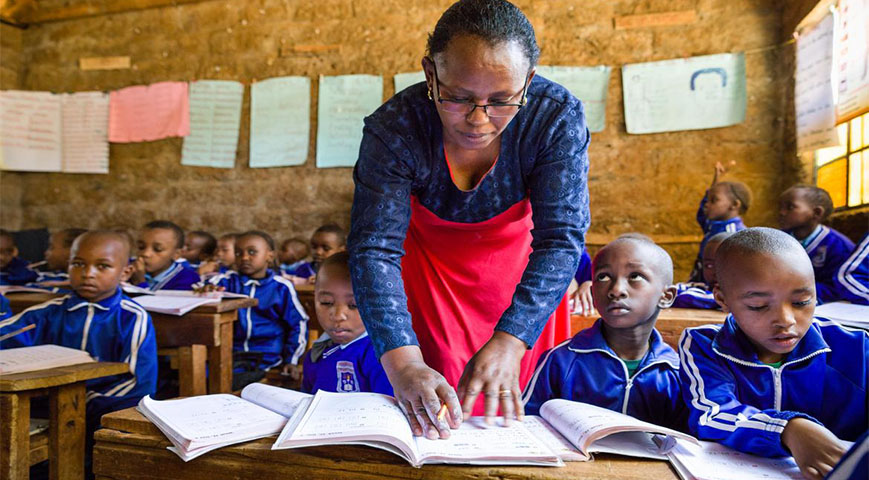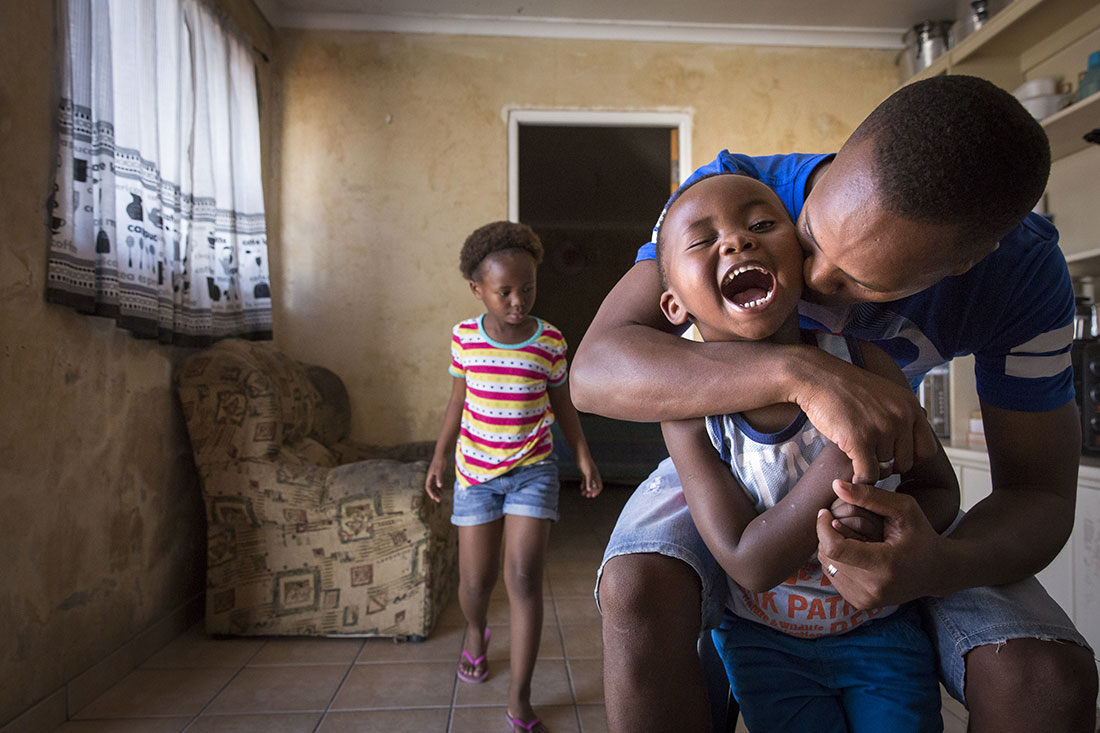Internet access has become a vital component of our existence today, particularly for kids who spend a significant amount of time online. Although internet access is a fantastic tool for education, entertainment, and interaction, it also risks children's safety. Parents are critical in keeping their offspring safe online. Here are seven methods parents can keep their children safe online:
1 Set specific guidelines and limits.
Setting clear limits and restrictions is the first stage of keeping kids safe online. Discuss the risks of revealing personal information online, cyberbullying, and using inappropriate material with your children. Set time spent on screen limits and penalties for violations.
2 Use parental restrictions
Most apps and gadgets include parental controls that enable parents to limit their children's access to specific content or apps. Make use of these characteristics to keep your kid secure. You may additionally utilize apps from other developers to monitor and limit your child's online behaviour.
Did you read this?

3 Educate Yourself
Parents must remain current on online trends and dangers to their kids. Take the time to learn about the apps and websites that your kid is using. Keep up with the most recent safeguarding tools and online safety guidelines.
4 Track your kid's online activity.
Keeping track of your child's online behaviour is critical for safety. Check their internet usage, social media profiles, and messages regularly to ensure they aren't engaging in risky behaviour or interacting with strangers.
5 Motivate open dialogue
Motivate your children to tell you about their positive and negative internet experiences. Inform them that they may speak to you with any query or worry without fear of being punished or judged.

6 Be an excellent role model.
Youngsters learn through imitation, so set an excellent example by modelling appropriate internet behaviour. Limit your screen time and use the internet wisely. Respect your kid's privacy and avoid randomly snooping on their internet activities.












